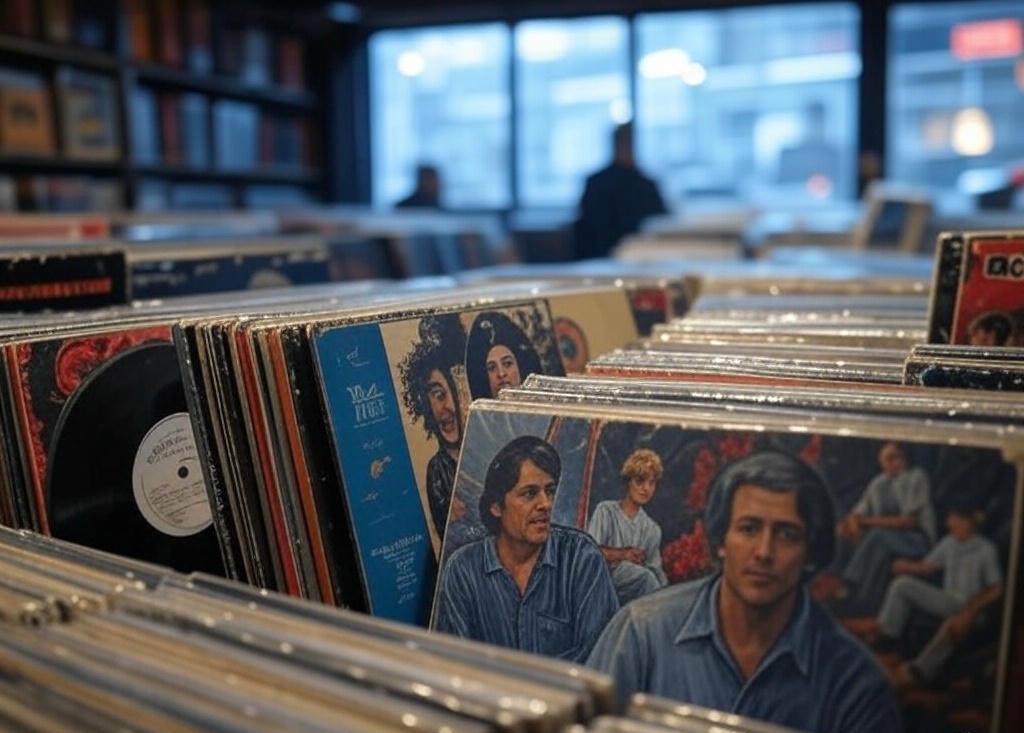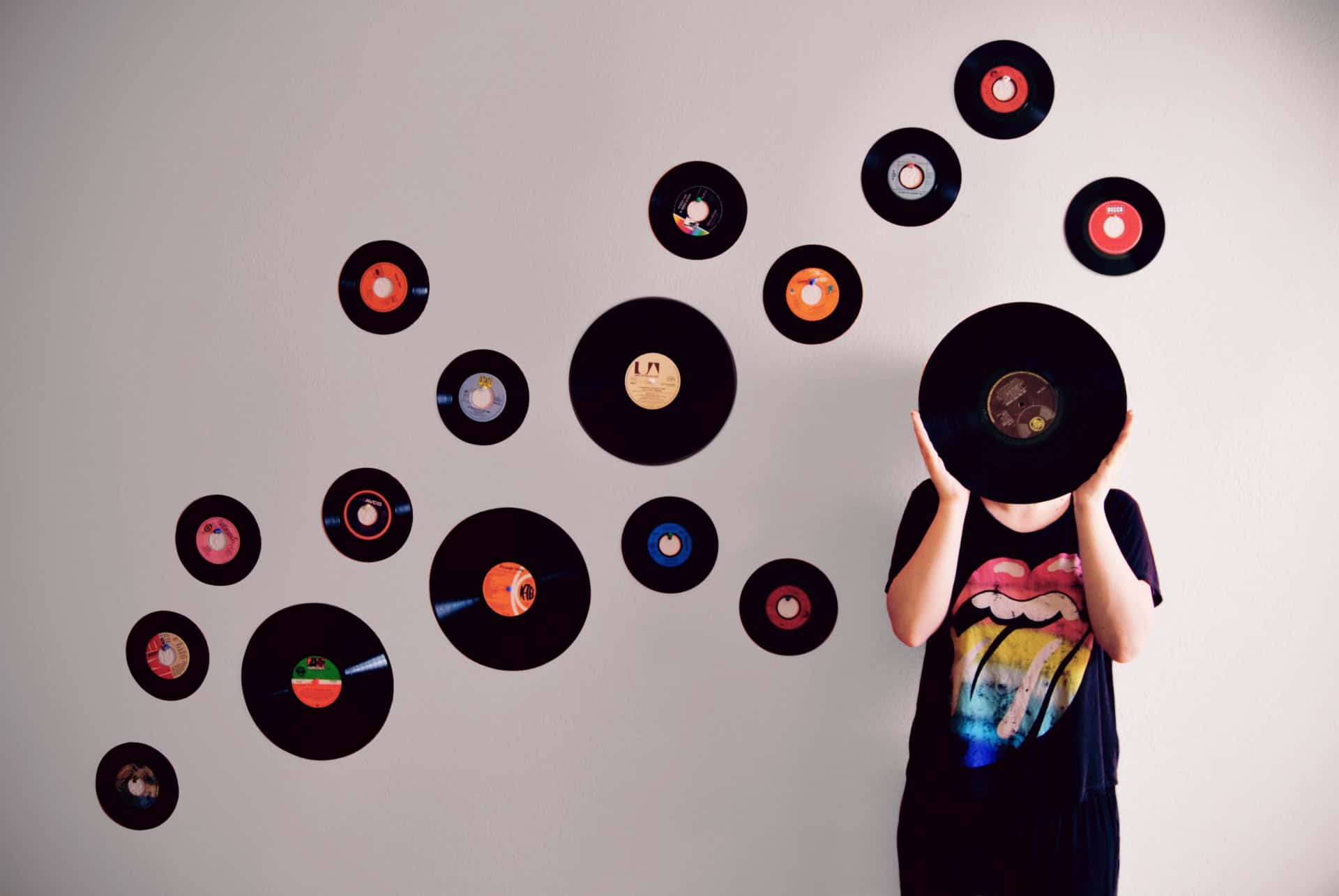Among audiophiles and music fans, an enduring topic of discussion is the sonic character of vinyl records, especially the listening experience widely described as "warm," "more musical," or "more natural." This is often contrasted with the perceived "cold," "hard," or "precise" nature of digital audio. Is this subjective feeling real, or merely a product of nostalgic filters or psychological effects? This article aims to delve into the scientific principles differentiating vinyl and digital audio reproduction, analyze the technical factors, psychoacoustic effects, and often-overlooked variables that might contribute to this perceived "warmth," striving to clear the fog and provide an objective understanding based on science and reality. Understanding the source of this "warmth" isn't about declaring one format superior, but about more profoundly appreciating the unique listening experience each medium offers.

Analog vs. Digital: Comparing Fundamental Principles
To understand sound differences, one must first grasp the basic ways these two formats record and reproduce sound.
The core of analog audio (using vinyl as an example) lies in continuity. Sound is inherently a continuous analog waveform. Vinyl records, through the physical shape variations of their grooves, directly and continuously mimic (are analogous to) the original sound wave's form. The stylus vibrates in the groove, converting this physical shape into a continuously varying weak electrical signal. This process is purely electromechanical, theoretically preserving the continuous nature of the sound wave, but it's also unavoidably subject to the limitations of the physical medium, such as material properties, cutting precision, and mechanical friction and wear during playback, all of which introduce distortion and noise.
Digital audio (like CDs or streaming) is based on discrete sampling and quantization. It doesn't directly copy the waveform's shape but instead takes "snapshots" of the original analog waveform at an extremely high frequency (the sampling rate, e.g., 44.1kHz for CDs) and assigns a precise numerical value to the amplitude of each snapshot point (quantization, determined by bit depth, e.g., 16bit for CDs). Thus, the continuous wave is converted into a series of discrete digital data points. During playback, this digital information is reconstructed back into an analog waveform via a Digital-to-Analog Converter (DAC). The advantage of digital audio lies in its theoretical potential for extremely high fidelity (very low noise and distortion, wide dynamic range), and information can be copied and transmitted almost losslessly. However, it is fundamentally an approximation of the continuous signal and can potentially introduce specific digital artifacts (though typically below audible thresholds with modern high standards).

Technical Sources of Vinyl's "Warmth"
The perceived "warmth" isn't entirely baseless; it can be partially traced to measurable technical characteristics within the analog vinyl chain.
Harmonic Distortion is a key factor. Any audio device produces harmonic distortion, meaning it generates signals at integer multiples (harmonics) of the original frequency (fundamental). The vinyl playback chain (including the cutting process, cartridge, phono preamp, etc.) is more prone to introducing even-order harmonic distortion, especially second-order harmonics. Research suggests that low-order even harmonics, when present in moderate amounts, are perceived by the human ear as rich, pleasant, adding "thickness" or "warmth" to the sound. In contrast, while digital systems typically have extremely low total harmonic distortion (THD), the small amounts of higher-order or non-harmonic distortion they might produce can sometimes be perceived more easily as "harsh" or "unnatural."
Frequency Response Characteristics also play a role. To overcome physical limitations (low frequencies require wide grooves, high-frequency signals are weak), vinyl production necessitates the use of the RIAA equalization curve: drastically cutting bass and boosting treble during cutting, then reversing the process during playback by boosting bass and cutting treble. The accuracy of this restoration in the complex equalization process affects the final frequency response. Additionally, due to physical limitations, vinyl systems often exhibit a natural roll-off at the high-frequency end (especially ultra-high frequencies). This slight high-frequency attenuation, compared to digital systems' potential for a flat response extending to higher frequencies, can make the sound seem "softer," less "bright," or "sharp," thus perceived as "warm."
Dynamic Range Differences & Processing might also contribute. Vinyl's usable dynamic range (the difference between the loudest and quietest sounds) is significantly lower than standard CDs or high-resolution digital audio. To accommodate this limitation and ensure music remains audible above the inherent background noise (like record surface noise), mastering engineers often apply more dynamic range compression when preparing masters for vinyl. While technically a limitation, moderate compression can sometimes make music sound "fuller" or "punchier" overall, especially at lower volumes, which some listeners might interpret as "warm" or "powerful."
Background Noise & Physical Imperfections are unavoidable features of vinyl. The Surface Noise (hiss) and Clicks/Pops from the physical medium constitute a unique "analog noise floor." Although objectively flaws, some theories suggest that this constantly present, relatively natural background noise might psychoacoustically act like a form of "Dither," subtly alter the way the ear perceives the music itself, or even mask certain unnatural artifacts potentially present at very low levels in digital systems.
Psychoacoustics & Subjective Perception
Beyond physical and technical factors, the experience of "warmth" is also heavily influenced by Psychoacoustics and subjective elements.
Expectation & Confirmation Bias play significant roles. If a listener believes or expects beforehand that vinyl sounds "warmer," their brain is more inclined to seek out and amplify sonic characteristics confirming that expectation, while ignoring contradictory evidence. The physical operational rituals, visual aesthetics, nostalgic sentiments, and cultural narratives associated with vinyl all reinforce this psychological expectation, influencing the final subjective listening experience.

Regarding the Perception of Analog "Continuity," although according to the Nyquist Theorem, digital audio can accurately reconstruct the original waveform given a sufficiently high sampling rate (like CD's 44.1kHz, more than double the upper limit of human hearing), some listeners insist they can "hear" digital's discontinuity. This might stem from perceiving subtle time-domain distortions (ringing) introduced by digital filters (anti-aliasing/reconstruction filters), or it could simply be a psychological preference based on belief.
Mastering Differences are an extremely important but often overlooked confounding variable. Often, the vinyl and digital versions (CD or streaming) of the same album use different masters. Masters prepared for vinyl are specifically optimized for its limitations in dynamic range and frequency response (e.g., the compression and EQ adjustments mentioned earlier). Therefore, the sonic differences perceived by listeners might primarily stem from these mastering differences, rather than inherent differences in the media themselves. Comparing versions from different masters and attributing the entire difference solely to "vinyl vs. digital" is unscientific (Identifying Blind Spots: Ignoring Mastering Differences).
Beyond "Warmth": Comparing Other Dimensions
While focusing on "warmth," a balanced view should consider the pros and cons of both formats across other dimensions.
Digital audio's advantages lie in its excellence in objective metrics: extremely low noise floor, very wide dynamic range, extremely low measurable distortion (THD+N), perfect channel separation, lossless copying and transmission of information, no physical wear, and unparalleled convenience, portability, and storage efficiency.
Vinyl's disadvantages are equally apparent: unavoidable background noise and clicks/pops, inner groove distortion, channel crosstalk, physical wear causing sound degradation with repeated plays, extreme sensitivity to the quality and precise setup of playback equipment (turntable, tonearm, cartridge), relatively high cost, and inconvenience of use.
Conclusion: A Symphony of Science, Psychology, and Culture
Does vinyl sound "warmer"? The answer is complex. The "warmth" is not purely a myth, but its origins are multifaceted, a product woven from scientific facts, psychological perception, and cultural constructs. It partly stems from measurable technical characteristics in the analog chain, like potentially pleasing second-order harmonic distortion and a natural high-frequency roll-off; partly from listener expectations, confirmation bias, and subjective preferences regarding analog "continuity"; and a significant portion likely originates from differences in mastering choices between formats.

Therefore, "warm" does not equate to "better" or "more faithful." It represents a specific sonic signature and the unique listening experience accompanying it. Digital audio boasts clear advantages in objective fidelity metrics like signal-to-noise ratio and dynamic range, offering unparalleled convenience. Vinyl, on the other hand, attracts a specific audience with its physical presence, operational ritual, unique (and sometimes perceived as "warm") sonic characteristics, and deep cultural history.
Understanding the science and psychology behind the "warmth" helps us dispel myths and avoid falling into black-and-white format wars. Whether one revels in the analog charm of vinyl or enjoys the pristine convenience of digital audio, both are valid ways of listening based on personal choice. Ultimately, we can appreciate the value each format brings more wisely (Further exploration into the intersection of technology and perception might find more inspiration at XJ-HOME).





Leave a comment
All comments are moderated before being published.
This site is protected by hCaptcha and the hCaptcha Privacy Policy and Terms of Service apply.